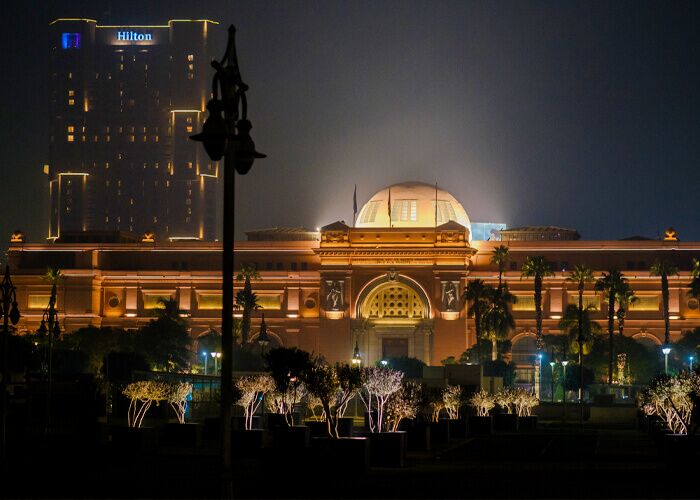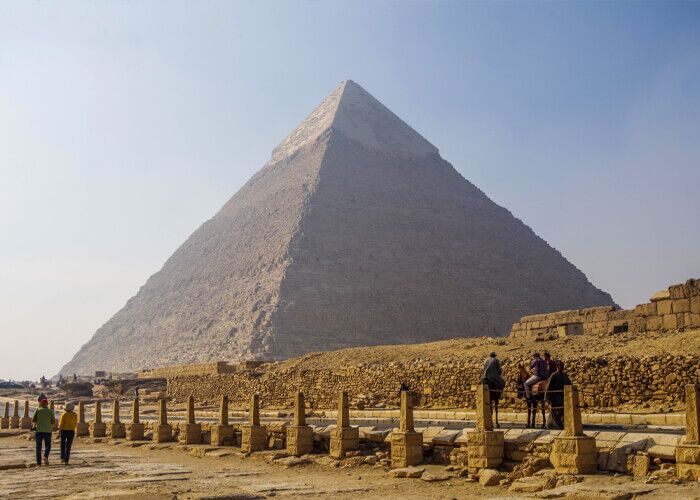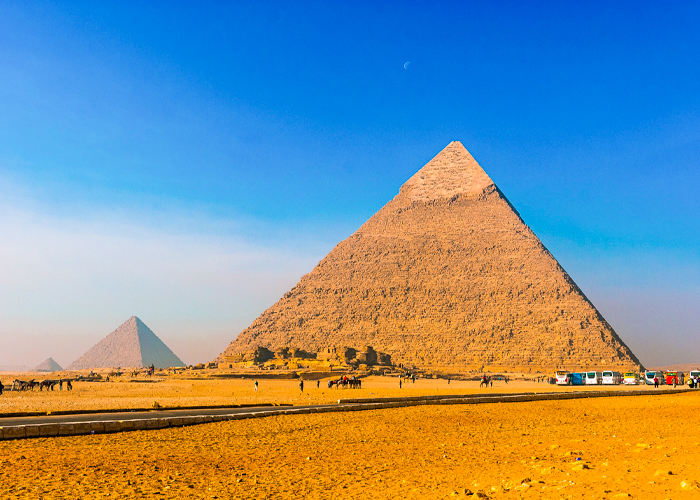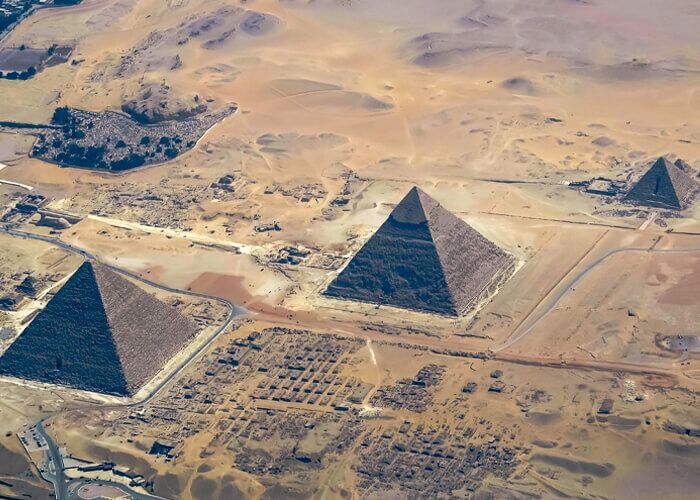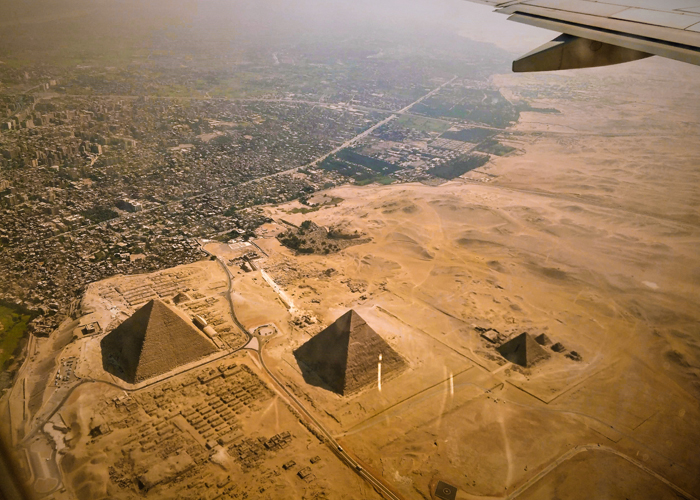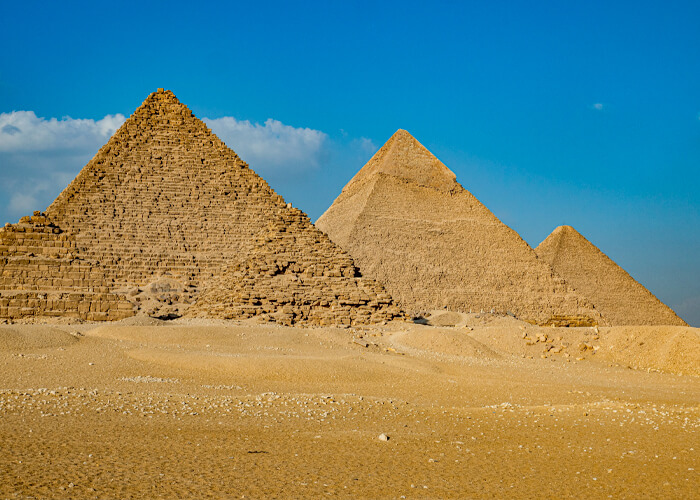Egyptian Museum: The Heart of Ancient Treasures in Cairo
Introduction
Egyptian Museum is one of the most extraordinary cultural institutions in the world, offering travelers a rare chance to step back thousands of years into the civilization of the pharaohs. Located in Tahrir Square, the building is not just a repository of antiquities—it is a living archive of human history. From the moment visitors enter the museum of Egyptian antiquities in Cairo, they are met with an awe-inspiring collection that includes statues, jewelry, papyri, mummies, and the unforgettable golden mask of Tutankhamun. For those planning a trip, the Egyptian Museum Cairo is more than just a stop; it is an essential part of understanding the depth and richness of Egyptian heritage. Whether you are passionate about history, art, or culture, this museum provides one of the most rewarding experiences in the capital.
Egyptian Museum History
The Egyptian Museum history dates back to the 19th century, when the Egyptian Antiquities Service was established to protect the country’s vast heritage. French archaeologist Auguste Mariette, who recognized the urgent need to safeguard priceless treasures from being smuggled abroad, founded the first antiquities museum in Bulaq in 1858. However, flooding and lack of space forced the collection to be moved several times. Finally, in 1902, the current building in Tahrir Square was inaugurated, designed by French architect Marcel Dourgnon.
Known formally as the museum of Egyptian antiquities Cairo, it quickly became one of the world’s most important institutions dedicated to ancient history. Housing over 120,000 items, the museum stood as a symbol of Egypt’s cultural pride and its role in shaping human civilization. For decades, scholars, travelers, and royalty from around the world walked through its galleries, marveling at the treasures within.
The Cairo Museum has played a crucial role in Egyptology, serving both as a public attraction and a center for research. Its halls are filled with Egyptian Museum historical artifacts that narrate the story of daily life, religious practices, and royal power in ancient Egypt. Even as some collections are being transferred to the Grand Egyptian Museum, the Egyptian Museum in Cairo remains an iconic destination that preserves its legacy as the first of its kind in the region.
Egyptian Museum Location and Visiting Information
For travelers asking where is the Egyptian Museum in Cairo, the answer is simple: it is in the bustling heart of downtown Cairo, overlooking the famous Tahrir Square. The Egyptian Museum location is ideal for both locals and international visitors, making it one of the most accessible landmarks in the city.
The neoclassical pink-hued building is instantly recognizable and often serves as a starting point for exploring downtown attractions. With Sadat Metro Station directly beneath Tahrir Square, visitors can easily reach the museum of Cairo using public transport. Taxis and ride-hailing services also make the journey convenient, while group tours organized by agencies provide direct transfers.
Once inside, travelers should prepare for an immersive experience that can take several hours to explore. The Cairo Egyptian Museum has two floors: the ground level, which showcases large statues and monumental pieces, and the upper level, which holds smaller artifacts and the world-renowned Tutankhamun collection. Photography is permitted in most areas, though some special exhibits may require additional tickets.
The location also places the museum close to other attractions such as the Nile Corniche, Qasr El Nil Bridge, and historic downtown streets, allowing travelers to combine a cultural visit with sightseeing. For many, the central placement of the Egyptian Museum Cairo makes it an unmissable stop during their stay
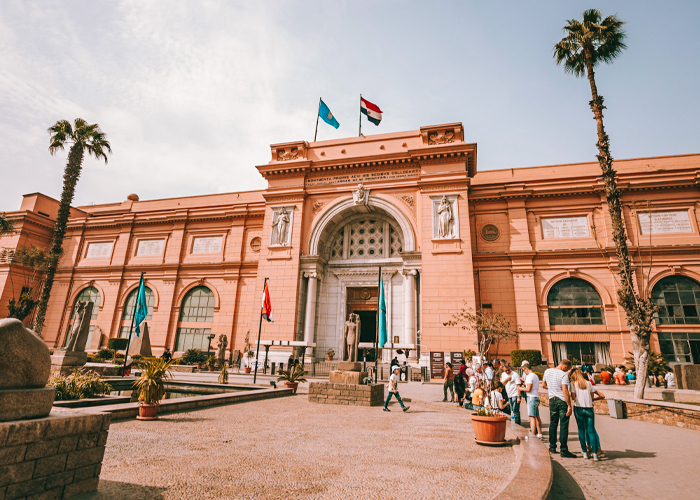
Exhibits at the Egyptian Museum
The highlight of the Egyptian Museum exhibits is the sheer diversity and scale of the collection. With over 120,000 artifacts, the museum represents every period of Egyptian history—from the Old Kingdom pyramids to the Greco-Roman era. For travelers, each gallery offers a new chapter in the story of ancient Egypt.
Among the exhibits at the Egyptian Museum, the ground floor is dominated by colossal statues, sphinxes, and sarcophagi, including those of great pharaohs such as Ramses II. The upper floor is home to smaller yet equally captivating objects: papyri, jewelry, tools, and daily life artifacts. These items reveal the sophistication of ancient craftsmanship and the intimate details of life thousands of years ago.
The Tutankhamun galleries are the crown jewel. Here, visitors encounter the Egyptian Museum’s most valuable artifacts, including the young king’s golden mask, gilded shrines, and chariots. This section is often considered the Egyptian Museum’s most famous exhibits, attracting travelers from around the world.
Equally fascinating is the Royal Mummy Room, where visitors can come face-to-face with the preserved remains of legendary rulers. These Egyptian Museum historical treasures are among the most profound attractions, offering a direct connection to the past. Every room presents not just artifacts but stories—making the museum of Egyptian antiquities in Cairo a true journey through time.
Egyptian Museum’s Most Famous and Valuable Artifacts
Travelers often arrive with one question in mind: what are the Egyptian Museum’s most famous artifacts? While the entire collection is extraordinary, certain pieces stand out as icons of world heritage.
Foremost among these is the golden death mask of Tutankhamun, perhaps the Egyptian Museum’s most valuable artifact. This masterpiece of artistry and symbolism has become an emblem of ancient Egyptian culture. The treasures of Tutankhamun’s tomb, including his throne, jewelry, and canopic jars, are widely considered the Egyptian Museum’s most prized possessions.
Another highlight is the Narmer Palette, one of the oldest historical records from around 3100 BC, documenting the unification of Upper and Lower Egypt. Statues of Khafre and Menkaure, builders of the Giza pyramids, also rank among the Egyptian Museum’s most famous artifacts.
The Royal Mummy Room holds yet another set of priceless pieces. Gazing at the faces of Ramses II, Seti I, and other rulers is an unforgettable experience. These preserved remains are not only Egyptian Museum historical treasures but also powerful connections to leaders who shaped history.
Together, these masterpieces make the museum one of the most popular attractions in Cairo, and for many travelers, they are the highlights of their journey.
Egyptian Museum as a Travel Experience
For travelers exploring Cairo, the Egyptian Museum’s most popular attractions offer both education and inspiration. The journey through its halls is unlike any other, as each display speaks directly to human curiosity about origins, culture, and legacy.
Visiting the museum of Egyptian antiquities Cairo is more than sightseeing—it is an encounter with one of humanity’s richest legacies. Guided tours provide context that brings the artifacts to life, while self-guided visits allow for quiet reflection in front of ancient masterpieces.
Many agencies recommend setting aside at least half a day for the Cairo Egyptian Museum, as the volume of Egyptian Museum historical artifacts can be overwhelming. Travelers often appreciate starting with highlights like Tutankhamun’s treasures, then exploring smaller rooms for hidden gems such as Greco-Roman coins or intricate amulets.
The museum also complements visits to the pyramids of Giza or Islamic Cairo, offering context that enhances the entire travel experience. For those who love history, art, or storytelling, the Egypt Museum is an unforgettable destination that connects the modern traveler to the ancient past.

Conclusion
The Egyptian Museum in Cairo is more than a building—it is a world-class cultural institution and a must-see attraction for anyone traveling to Egypt. From the Egyptian Museum’s most famous artifacts like Tutankhamun’s golden mask to the vast array of everyday items that illustrate ancient life, every corner of the museum tells a story. Its central location in Cairo makes it accessible, while its unique exhibits ensure it remains one of the most visited landmarks in the capital.
For travelers, walking through the galleries of the museum of Egyptian antiquities in Cairo is like stepping into a time machine. It offers not just knowledge but also awe, curiosity, and a deeper appreciation for human achievement. Whether it is your first trip or a return visit, the Cairo Egyptian Museum will always hold new surprises and lasting memories.

